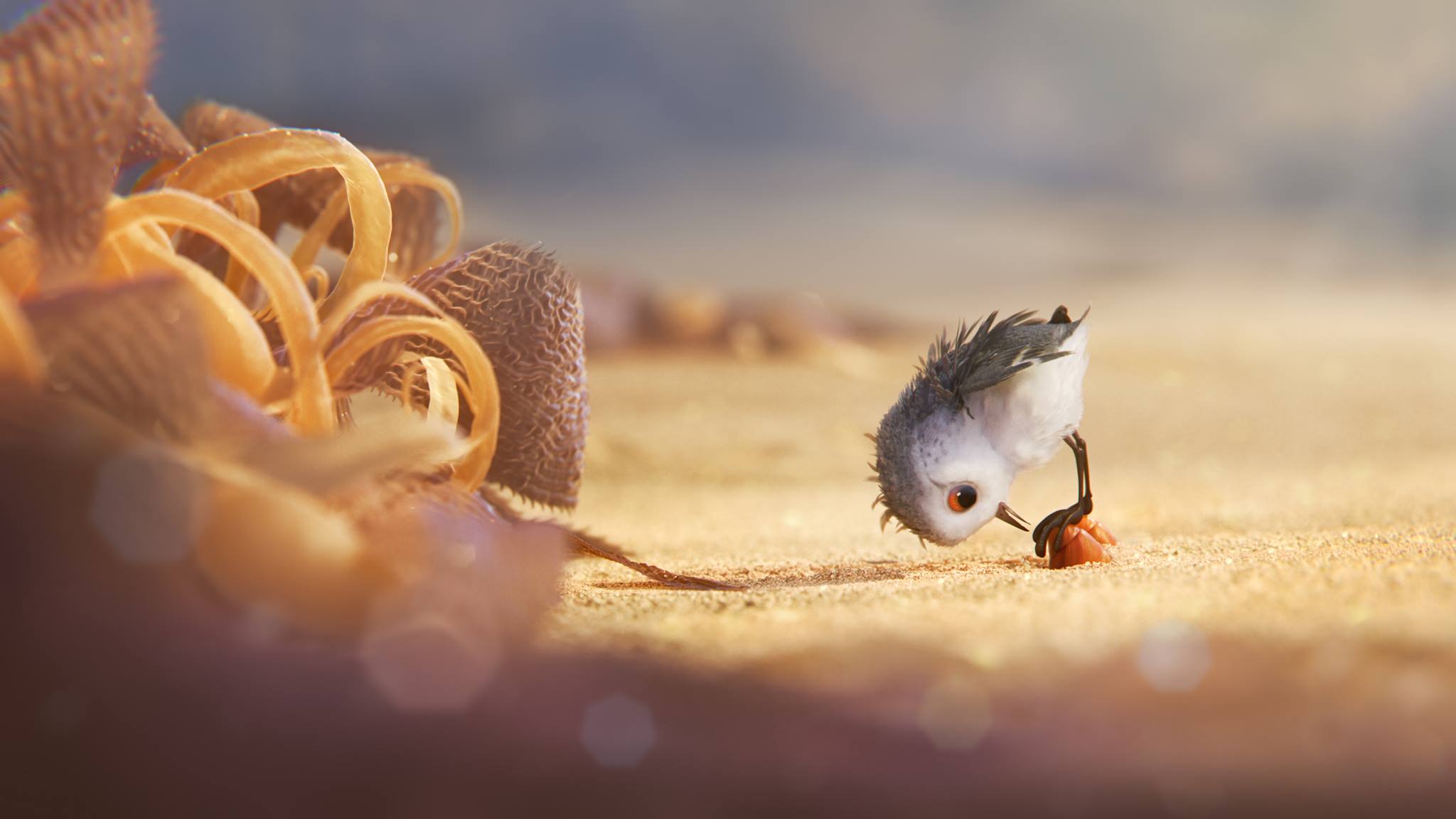
TORONTO –Canadian animator Alan Barillaro has had a hand in some of Pixar’s biggest hits including “A Bug’s Life,” “Monsters, Inc.” and “WALL-E,” but the Ontario native managed to soar to solo success at the helm of his Oscar-nominated debut film “Piper.”
Barillaro’s animated short about an adorable baby sandpiper searching for food on the beach landed a coveted spot in theatres where it screened with Pixar’s feature-length smash “Finding Dory” – 2016’s top-grossing film.
“It started with this idea of seeing these little shorebirds on the beach that run away from the waves – it felt like such a character to me,” Barillaro said in a phone interview from Pixar Animation Studios in Emeryville, Calif., where he has worked for nearly two decades.
“I thought that was so compelling that where this bird has to eat is also something that they look – to me – frightened of.”
Barillaro’s six-minute film is one of three projects from Canadian animators in contention for an Oscar on Sunday. “Pear Cider and Cigarettes” directed by Vancouver’s Robert Valley, and “Blind Vaysha” by Montreal’s Theodore Ushev are also in the running for a golden statuette.
“There’s a legacy of great animation from Canada that you feel really proud to be a part of,” said Barillaro, a graduate of Sheridan College in Oakville, Ont.
Barillaro grew up in Chippawa, Ont., near Niagara Falls, with a longtime love of drawing. During high school, he landed an internship at the Animation House in Toronto where he became “hooked” on the craft.
Barillaro said one of his earliest and most meaningful teachers was Sheridan instructor Charlie Bonifacio, whose son, Evan, also works at Pixar and served as an animator on “Piper.”
“It’s kind of a special treat to have one of the teachers that taught you to animate in the first place, and to be honoured with having his son working on his first film.”
Barillaro made a conscious decision not to have any dialogue in “Piper,” leaving sounds of chirping birds, crashing waves and other staples of beach life punctuated by a whimsical score to help convey the story.
“I think that’s what makes animation really special. It’s always exciting to me as a medium,” said Barillaro.
“To me, it’s like you’re in this collaboration of artists all trying to express something kind of delicate and personal … it’s like a painting where everything has to be right for it to work.”
Barillaro’s kids – a nine-year-old daughter and seven-year-old twin boys – also had a hand in shaping “Piper.” While on a family trip to Kauai, Hawaii, the youngsters captured underwater images on GoPro that was used as reference footage.
“The reason the feathers and the camera had to be at that detailed level is I wanted you to empathize with the character and really feel for her,” said Barillaro. “I didn’t really feel like you could feel for her at a distance you’re used to standing at a beach. You had to be in their world and see it from a kid’s perspective.
“A wave that might not be frightening to you as an adult, that might only hit your ankles, to a little bird that’s only four inches off the ground,” he added. “To me, that’s saying from your child’s point of view that can be really terrifying.”
Even after years devoted to helping bring other acclaimed animated projects to the screen, Barillaro said the Oscar nod for his first foray into direction was “surreal.”
“It’s humbling,” he said. “When you start these films, you’re just trying to convey something very personal to the audience…. You don’t really think beyond that when you’re making a film.
“You’re doing your best as an artist just to say what you’re trying to say. It’s all quite an honour, and a little overwhelming.”